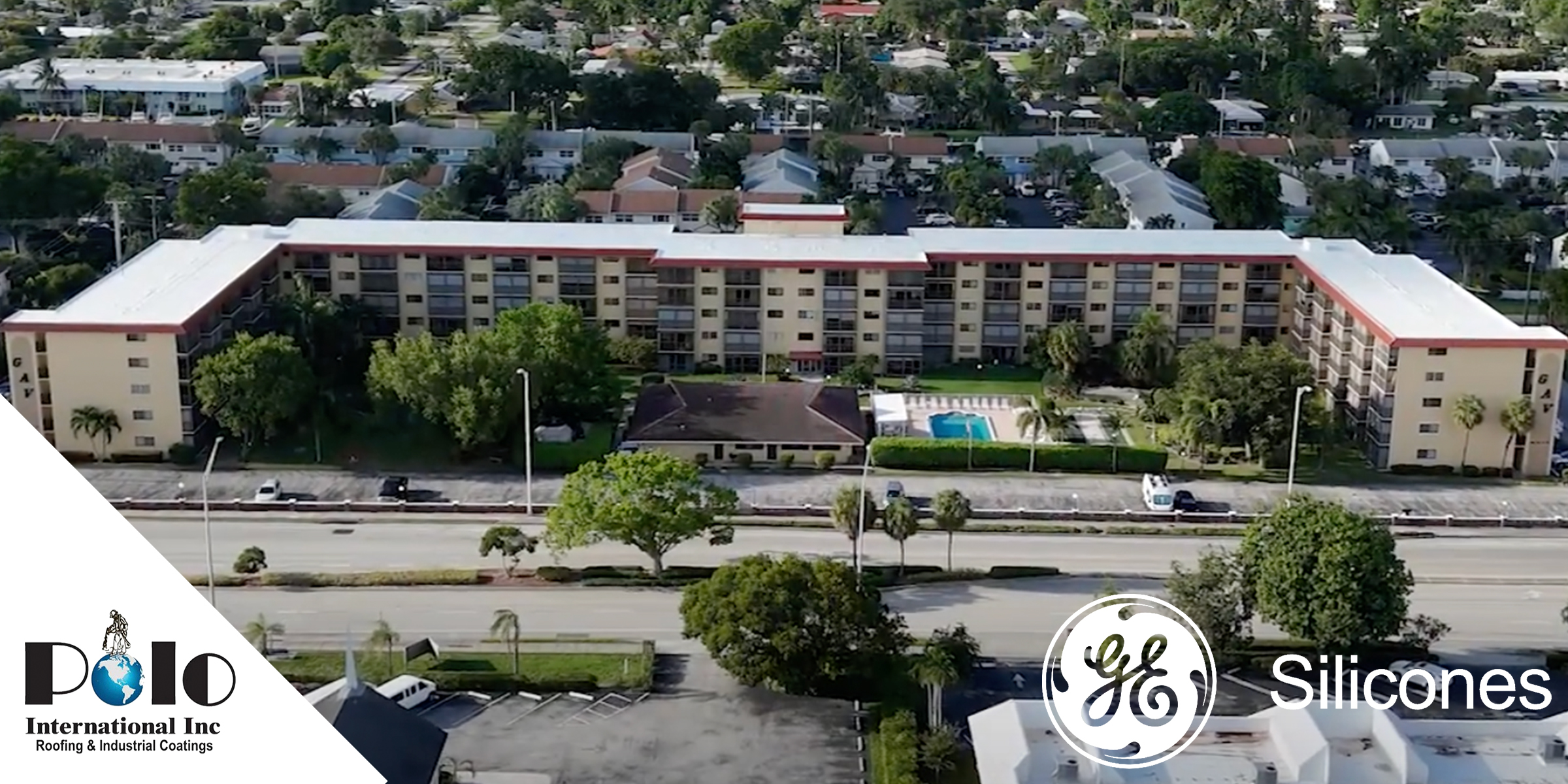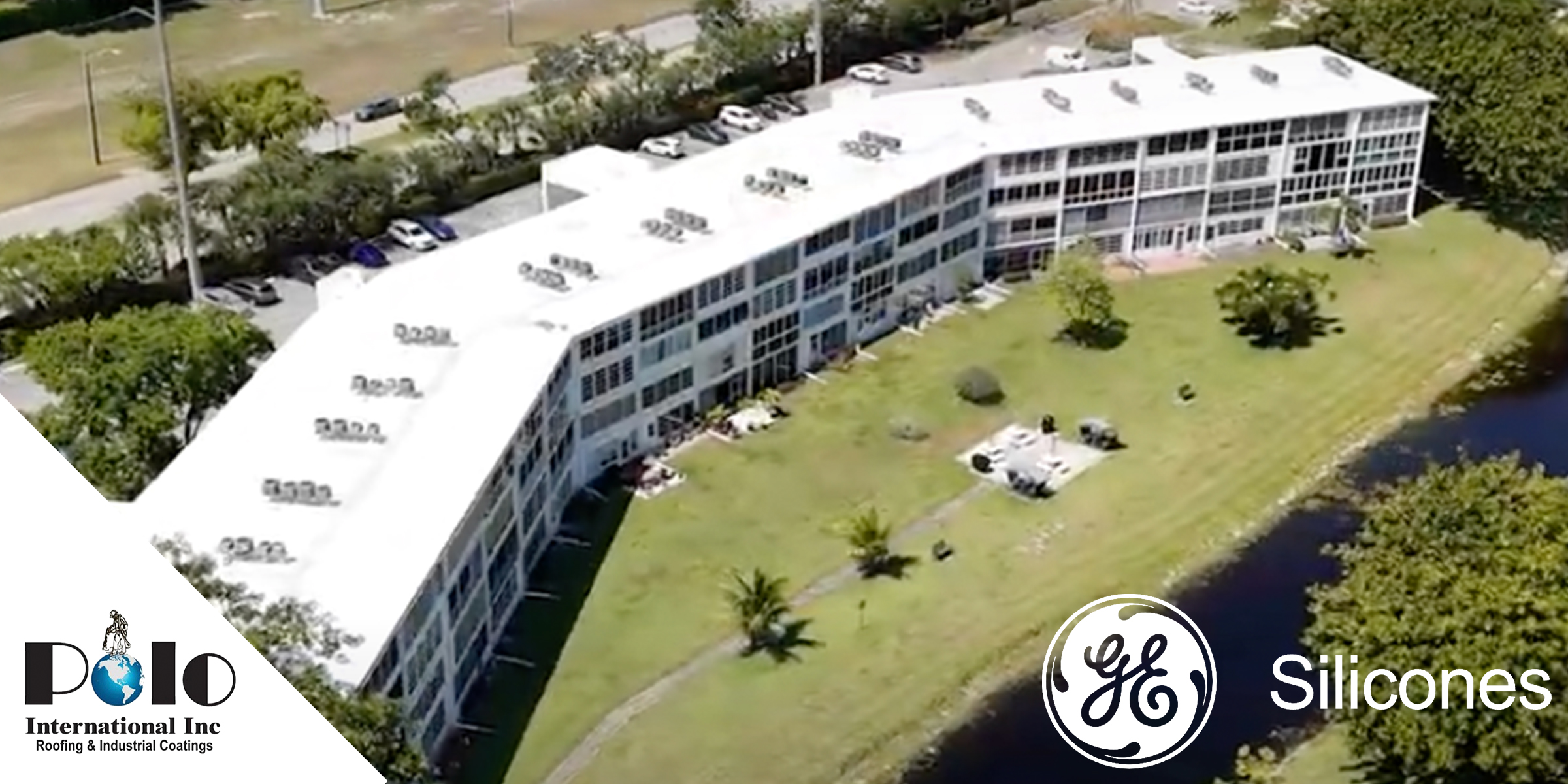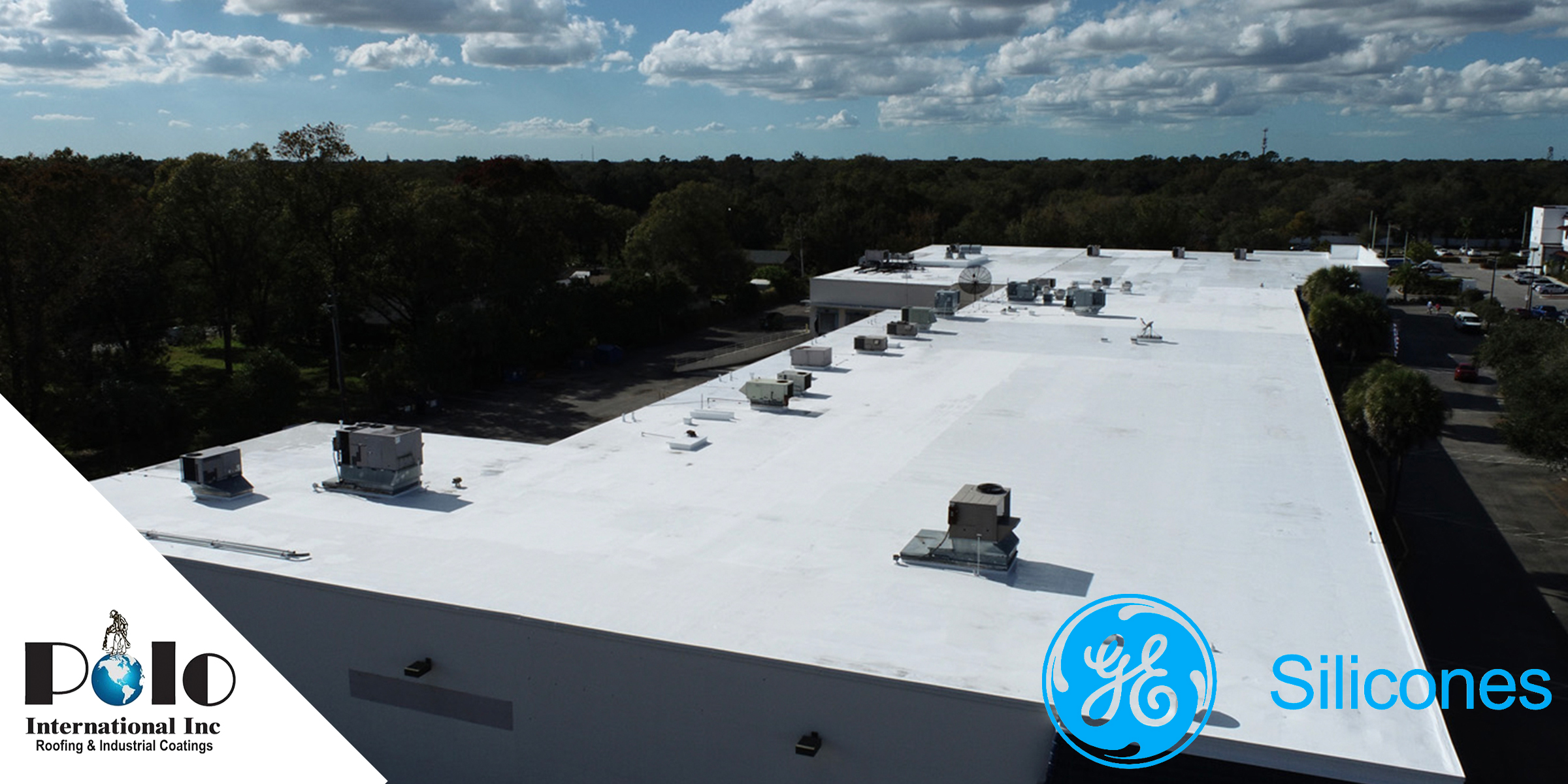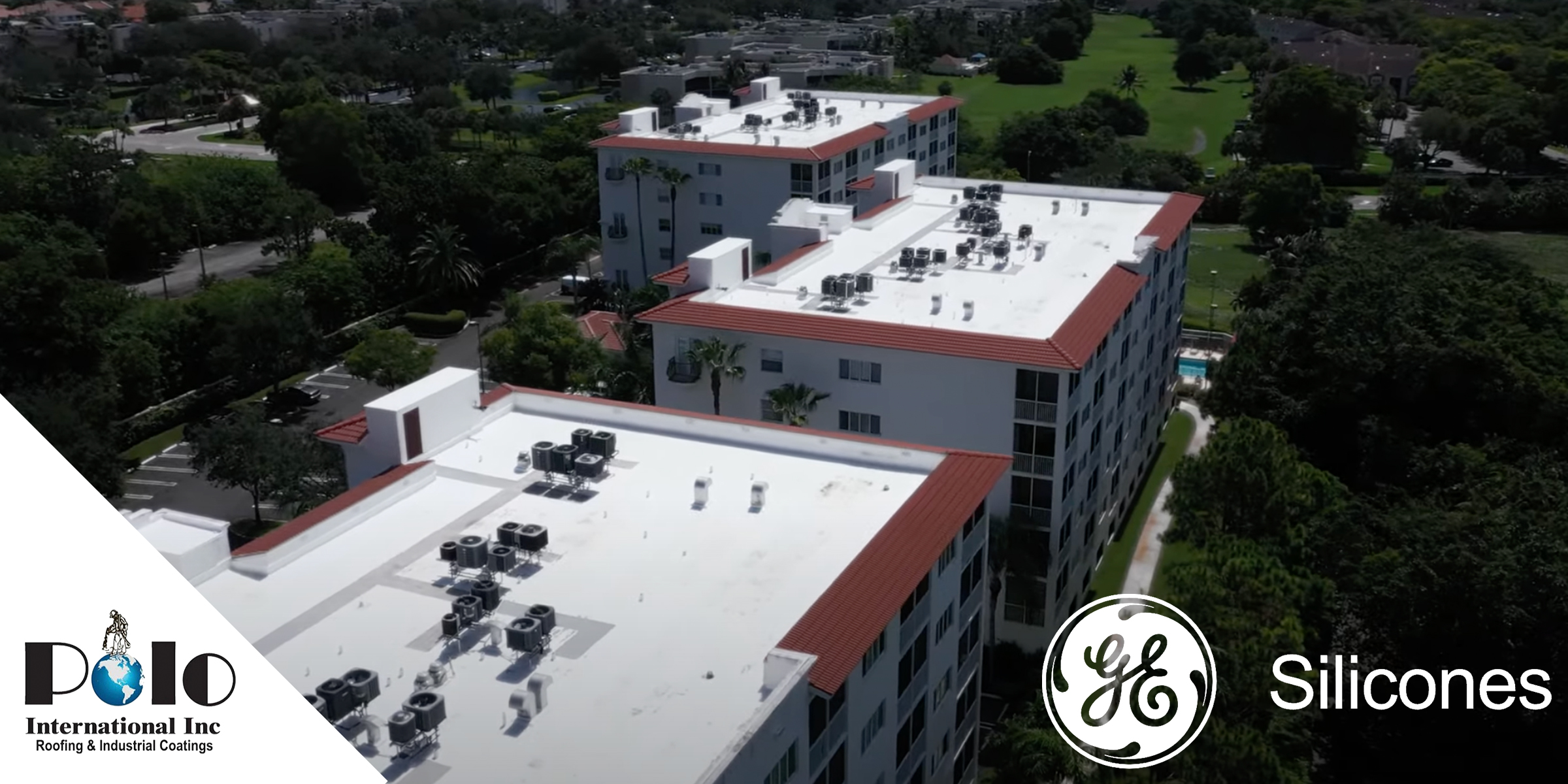
Are your commercial buildings prepared to efficiently handle the summer heat? Rising temperatures lead to increased energy usage, especially in large structures, where conventional roofing may fall short. This is where Spray Polyurethane Foam (SPF) roofing comes into play, with energy efficiency at its core.
SPF roofing solutions significantly reduce energy consumption by insulating and sealing commercial roofs, minimizing heat gain during hot summer months. This can result in substantial savings on cooling costs for commercial property owners and managers, while also extending the life of HVAC systems by reducing strain. With advancements in silicone roof coatings for commercial buildings from leading manufacturers like GE Silicone, Carlisle, HENRY Co, and Everest Systems, SPF coatings are now more durable and efficient than ever.
Beyond energy savings, SPF roofing addresses other critical factors such as waterproofing and structural flexibility. Its seamless application forms a protective barrier, safeguarding investments from leaks and potential water damage. As building owners and managers seek sustainable options to meet energy demands, embracing long-lasting polyurethane roof coatings could be a pivotal step in their strategy, ensuring both optimal building performance and environmental responsibility.
Meeting Summer Energy Demands with SPF Roofing Solutions
Commercial buildings across the United States face unique challenges related to energy demands, particularly during summer months. As temperatures rise, so does the need for efficient energy management to ensure consistent cooling without inflating energy costs. The design and condition of a building’s roof play a significant role in managing these demands. According to the U.S. Department of Energy, a significant portion of a building’s energy is consumed by HVAC systems to maintain comfortable indoor temperatures.
Energy challenges arise from increased air conditioning usage, leading to higher operational costs and strains on local power grids. In cities like Los Angeles, Phoenix, and Houston, this is a critical issue. The urban heat island effect exacerbates these challenges by increasing temperatures in metropolitan areas compared to rural areas, further straining energy consumption as buildings double down on counteracting external heat gains.
Another challenge is associated with old or poorly insulated roofs. Traditional roofing materials often absorb heat, transferring it indoors and increasing the cooling load on HVAC systems. This can be troublesome for commercial buildings where air conditioning units may already be operating at full capacity, thus pushing energy consumption to its peak.
SPF roofing solutions are recognized as an effective measure to combat these energy challenges. Manufacturers such as GE Silicone, Carlisle, HENRY Co., and Everest Systems play a crucial role by providing materials that enhance roof coating performance. SPF roofing creates a seamless barrier that insulates more effectively than traditional roofs, keeping buildings cooler during summer, reducing energy use, and providing a robust solution to managing energy demand spikes.
In addition, SPF roofing reduces urban heat impact; the reflective properties of these coatings reflect sunlight and reduce heat absorption. This approach is becoming favored among commercial property owners seeking cost-effective and sustainable solutions to energy demand challenges.
Enhancing Efficiency with SPF Roofing Solutions
SPF roofing solutions offer numerous benefits tailored to commercial property managers and owners focused on energy efficiency and structural longevity.
Insulation Capabilities: SPF roofing is admired for its superior insulation. This seamless application reduces thermal bridging and maintains a consistent temperature inside the building, lessening HVAC load during peak summer months.
Reflective Properties: Reflective coatings, often made from materials like GE Silicone or Carlisle products, improve solar reflectance, reducing heat absorption and cooling needs.
Air and Moisture Barriers: SPF acts as a robust barrier, preventing unwanted air infiltration and moisture ingress, enhancing thermal performance and mitigating costly damage. Companies like HENRY Co and Everest Systems provide SPF formulations with high R-values.
Durability and Long-Lasting Polyurethane Roof Coatings: With proper application and maintenance, SPF roofing can last over 30 years. This durability is enhanced with high-quality products from manufacturers like Everest Systems.
Environmental Impact and Regulatory Compliance: SPF roofing aligns with sustainability goals, consuming fewer resources during application and reducing energy consumption.
Frequently Asked Questions
What role does SPF roofing play in stabilizing energy consumption during heat waves?
SPF roofing provides a strong insulating layer, maintaining stable internal temperatures and minimizing HVAC strain during heat waves, leading to cost savings and improved energy efficiency.
How can businesses optimize energy management with SPF roofing?
By leveraging SPF roofing’s insulating properties, businesses can conduct energy audits to enhance efficiency and utilize smart technology to monitor energy use.
Silicone Roof Coatings vs. Traditional Roofing
Silicone roof coatings offer superior protection and energy efficiency compared to traditional materials, reducing cooling costs and providing benefits like moisture resistance and flexibility.
Embracing SPF roofing solutions offers commercial property managers a strategic advantage in enhancing energy efficiency and environmental sustainability. By partnering with reputable manufacturers, building operators can achieve both significant savings and operational improvements.




